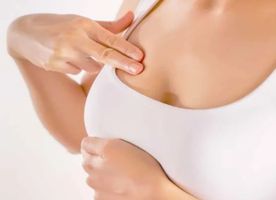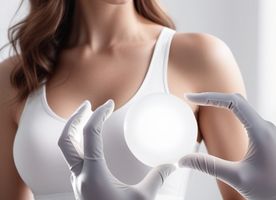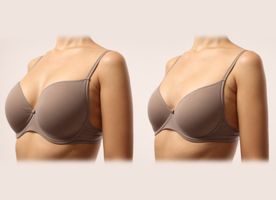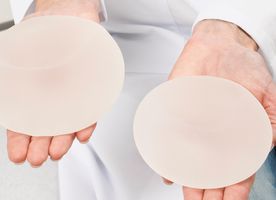Breast Implant Revision in Poland
Search and Compare the Best Clinics and Doctors at the Lowest Prices for Breast Implant Revision in Poland






Breast Implant Revision at Artplastica Clinic in Szczecin, Poland
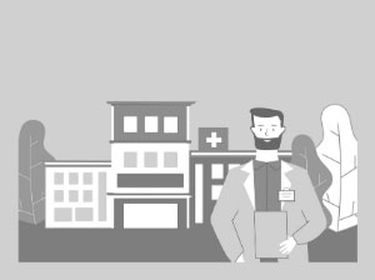
Breast Implant Revision at Beauty Poland Katowice in Katowice, Poland

Breast Implant Revision at Beauty Poland Krakow in Krakow, Poland





Breast Implant Revision at CORAMED Beauty Surgery in Wroclaw, Poland





Breast Implant Revision at Klinika Medycyna Urody in Warsaw, Poland
Our partner clinics in are accredited by the following associations










































































































































No Time?
Tell us what you're looking for and we'll reach out to the top clinics all at once
WHY US?










































































































































No Time?
Tell us what you're looking for and we'll reach out to the top clinics all at once
What is the cost of a Breast Implant Revision in Poland?
The price of a Breast Implant Revision in Poland varies widely based on a number of variables, such as location, the fees charged by the particular surgeon, the difficulty of the procedure, and the type of implant used. Costs may include extra charges including anesthetic fees, surgery facility fees, and other associated costs. The average surgeon's charge for breast implant removal surgery was $2,641, according to the American Society of Plastic Surgeons. Remember that this is just a portion of the whole expense.
The price of a more involved revision procedure could reach $10,000 or higher. Patients must spend out-of-pocket for cosmetic operations because insurance often does not cover them. Insurance, however, can pay some or all of the cost if the operation is necessary for medical reasons.
What does a Breast Implant Revision Procedure Involve?
A Breast Implant Revision Procedure involves the removal and/or replacement of breast implants from a previous breast augmentation. The specific steps involved in the procedure can vary greatly depending on the reason for the revision. It may require simple implant exchange, removal without replacement, capsulectomy (removal of scar tissue surrounding the implant), or adjustment of the implant pocket.
The procedure is typically performed under general anesthesia. Incisions are usually made along the lines of the previous incisions. If capsulectomy is to be performed, the scar tissue is surgically removed, and the implant pocket may be modified to accommodate the new implant. The surgical approach will largely depend on your unique needs and the recommendations of your surgeon.
How Long Should I Stay in Poland for a Breast Implant Revision Procedure?
The length of stay in Poland for a Breast Implant Revision Procedure largely depends on the nature of the individual's operation and their personal rate of recovery. Typically, the procedure itself can take anywhere between 1 to 3 hours, but patients are usually able to go home the same day once the effects of anesthesia have worn off. It is usually recommended to stay in the area for a minimum of 1-2 weeks post-surgery for follow-up appointments and to ensure there are no immediate post-operative complications.
This duration allows for an initial recovery period, follow-up consultations with your surgeon, addressing any concerns and having any stitches removed. It should, however, be noted that it is not unusual for full recovery to take a few weeks or even months, and patients are typically advised to avoid strenuous activities during this time.
What's the Recovery Time for Breast Implant Revision Procedures in Poland?
The recovery time for breast implant revision procedures in Poland predominantly hinges upon the individual patient's health and the intricacies of the specific surgical procedure undertaken. Generally, a timeline of 2-6 weeks is allotted for a full recovery, though this varies as per the patient's personal healing aptitude. Apprehensions pertaining to the recovery process are natural, however, when situated in the competent hands of a reputed medical facility, the journey towards rejuvenation can be decidedly smoother and free from undue concerns.
It is crucial to remember that recovery takes time and rushing the process can exacerbate the situation, leading to complications. Th
What's the Success Rate of Breast Implant Revision Procedures in Poland?
Owing to the continuous advancements in medical technology, the success rate of breast implant revision procedures in Poland is impressively high, reaching upwards of 90%. This, nevertheless, is contingent on the expertise of the operating surgeon and the overall health of the patient. Be it the effects of the aging process or unsatisfactory outcomes from previous surgeries, breast implant revision procedures effectively address these concerns, redefining and reestablishing self-esteem and body positivity.
Choosing a reputable clinic with a proven track record would be the cornerstone of this transformative journey, mitigating the chances of secondary complications and ensuring the fulfilment of your aesthetic aspirations. Remember, choosing a surgeon is choosing trust, experience, and a commitment to your health and well-being.
What sort of Aftercare is Required for Breast Implant Revision Procedures in Poland?
Aftercare post-breast implant revision procedures in Poland invariably encompass a blend of regular check-ups, adherence to medication, diligent physical care, and moderation in daily activities. The onus of nurturing the site of operation rests upon the patient.
Temporary constriction in strenuous activities often becomes necessary to allow the body its well-deserved respite, paving the path to a hale and hearty recovery. Emphasize cleanliness to eschew infections. The paramount essence, in this regard, of settling for a top-rated medical facility is the personalized aftercare regime they can offer, acknowledging that every individual, like their recovery, is unique.
Are there Alternatives to Breast Implant Revision Procedures in Poland?
There are alternatives to breast implant revision procedures available in Poland if the thought of traversing the surgical route again might seem daunting. Non-surgical methods such as fat grafting or the use of supportive bras can be viable options. Some women may prefer implant removal without replacement, embracing their natural form in all its glory.
To encapsulate, while surgery might provide a quick and effective solution, journeying the alternate path of non-surgical interventions can also usher in transformative changes, given the right expert guidance and wholehearted acceptance of the body.
What Should You Expect Before and After the Procedure
In anticipation of a breast implant revision procedure, expect a comprehensive consultation phase wherein detailed medical tests are undertaken and a meticulous surgical strategy is defined. Addressing your concerns, clarifying expectations, and demystifying the procedure, this phase is instrumental in establishing solid groundwork.
Post-surgery, anticipate physical discomfort, swelling, and a degree of mobility limitation. Nevertheless, these symptoms are transitory stages towards your reinstated confidence and should be treated as such. An experienced medical facility will not only acutely manage these immediate postoperative effects but will also guard your long-term results vigilantly.
How will a Breast Implant Revision affect the overall look and feel of my breasts?
A breast implant revision can bring about considerable changes in the look and feel of your breasts. Enhanced shape, size, symmetry, and an improved overall aesthetic appeal are just some of the positive outcomes. The touch would be different post-revision - tougher initially due to swelling but gradually softened resembling natural breast tissue.
Initially, the breasts may feel tougher due to post-operative swelling; however, this is a temporary occurrence. Gradually, as the healing process progresses, the breasts start to soften and become less dense. Ultimately, the aim is to have the implants resemble natural breast tissue as close as possible
How do I choose the right surgeon or medical facility for a Breast Implant Revision?
Choosing the right surgeon or medical facility for a breast implant revision is a decision of paramount importance. A decision that demands time, research, and prudence. Choose a board-certified surgeon who specializes in breast surgeries and comes highly recommended with positive patient testimonials and remarkable before and after photos.
Evaluate the medical facility based on its hygiene standards, medical technology, aftercare services, and overall environment.
This information has been accurately sourced and verified by a medical professional for its accuracy, however, we strongly recommend you to consult with your doctor before pursuing medical procedures overseas.
